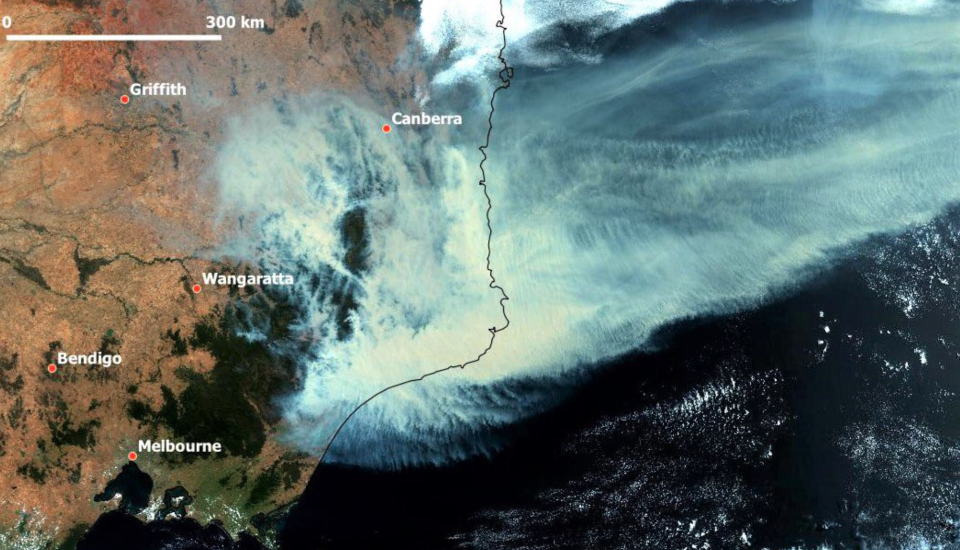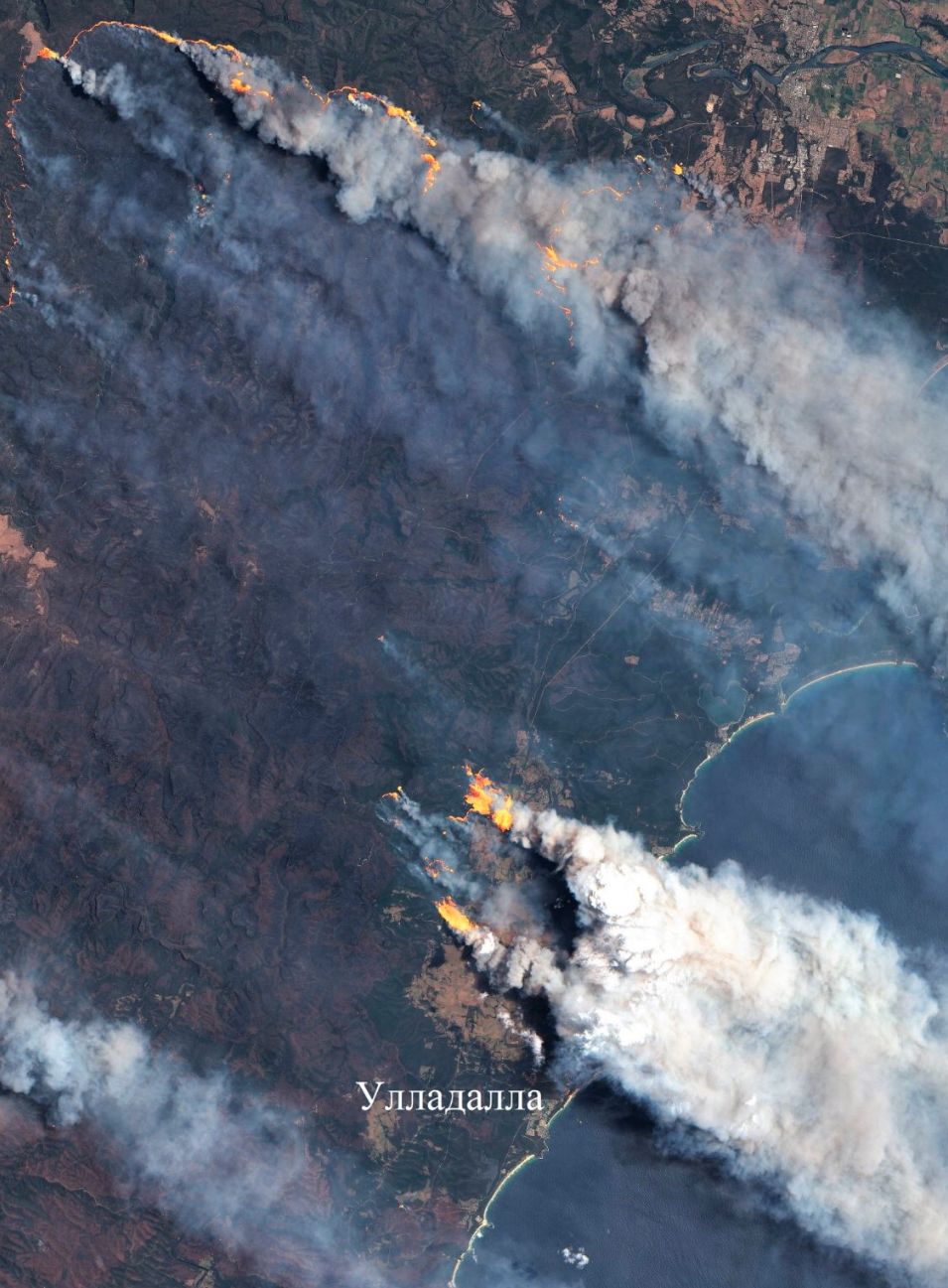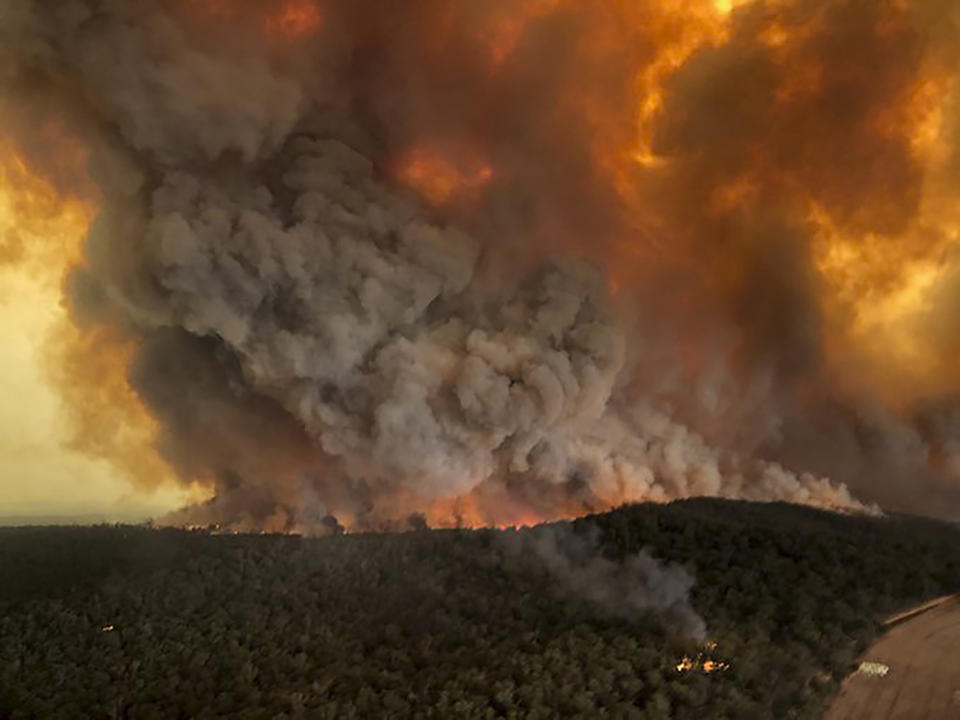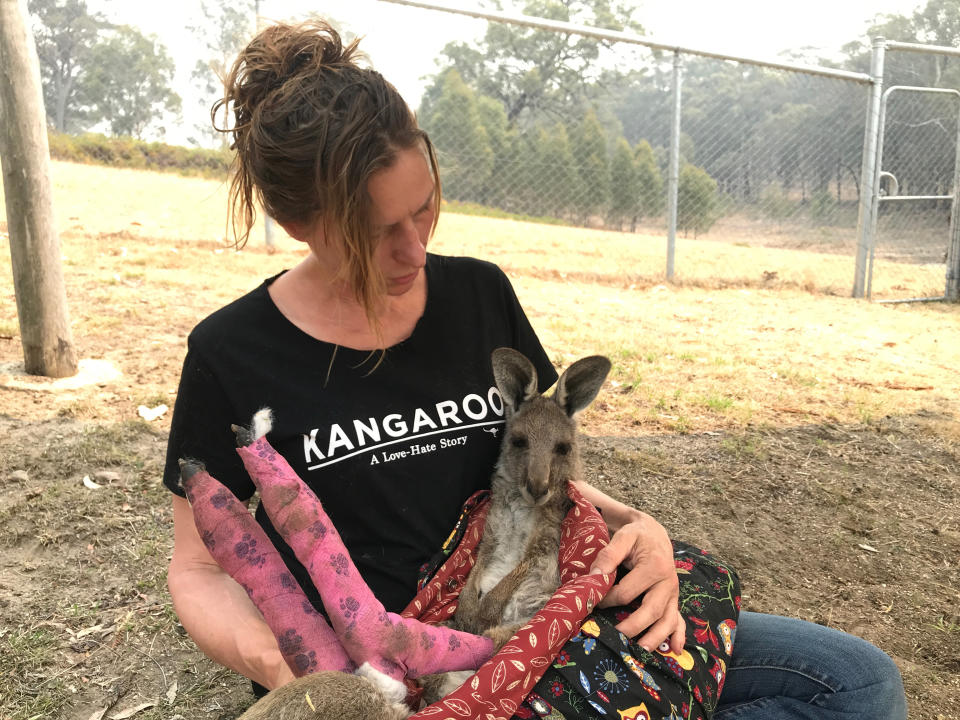Incredible images show full extent of Australia's devastating wildfires

The unfolding natural disaster of mass wildfires spreading across swathes of Australia has sparked global headlines - with the sheer magnitude of the catastrophe difficult to convey.
Satellite images taken by the European Union’s Copernicus system in the past few days show the scale of devastation firefighters are trying to tackle across New South Wales and Victoria.
The fires, which number at least 200, have killed 18 people since they started burning in September.
The images show huge fires and massive clouds of smoke engulfing vast amounts of ground.


Some 50,000km2 of land – an area more than twice the size of Wales, or nearly the same size as the state of West Virginia in the US – have burned nationwide over the past few months, with more than 1,300 homes destroyed.
The fires are significantly larger than recent events in the Amazon Rainforest (9,000km2) and California (about 4,500km2).
Flames have reportedly reached more than 70 metres in height.
The size of the smoke plume generated is even larger.
According to Antti Lipponen, a research scientist at Finnish Meteorological Institute, the area of thick smoke is larger than the area of EU and more than 14 times the area of Japan.
Huge #smoke plume from #Australia 🇦🇺 #bushfires observed today (1 Jan 2020). The area of thick smoke is about 5 490 000 km² (≈2 119 700 sq. miles). For comparison, that is larger than the area of EU and more than 14 times the area of Japan! #NSWFires
🎞: https://t.co/Ng6VBIiWXm pic.twitter.com/ZwmPbsIQCx— Antti Lipponen (@anttilip) January 1, 2020
Cooler weather since Tuesday has helped authorities, and people caught up in the fires have formed long queues of vehicles at petrol stations and supermarkets as they wait to restock supplies.
But high temperatures and strong winds are expected to make things worse again on Saturday.
“It (fires) will continue to go on until we can get some decent rain that can deal with some of the fires that have been burning for many, many months,” Australian Prime Minister Scott Morrison said today.


Authorities in New South Wales have ordered tourists to leave a 155-mile zone on the south coast.
Transport minister Andrew Constance described it as the “largest mass relocation of people out of the region that we’ve ever seen”.
381 homes have been destroyed in New South Wales this week while 68 have been burned in Victoria.
It emerged today that 480 million mammals, birds and reptiles are thought to have been killed, according to ecologists at the University of Sydney.

A third of the koala population in New South Wales - 8,000 of the animals - are believed to have died.
More are thought to have died in other areas and the toll is likely to increase. The marsupials eat leaves on the highly flammable eucalyptus trees.

 Yahoo Sports
Yahoo Sports 